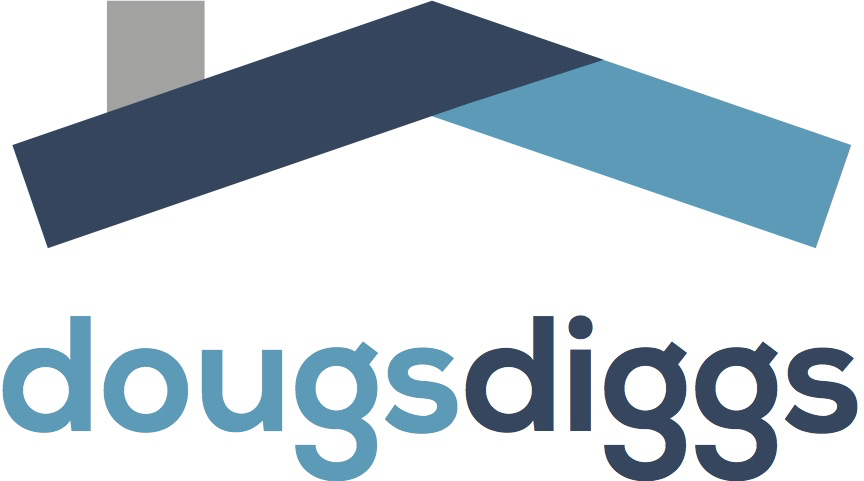What's in store for the 2017 housing market?
What’s in store for the 2017 housing market?
Housing market’s crystal ball says subdued market in 2017
What should we expect in 2017? What’s in store for the housing market? To no one’s surprise, a shortage of homes for sale and affordability concerns are expected to keep the housing market pretty much the same next year, according to the California Association of REALTORS® (C.A.R.). In its 2017 California Housing Market Forecast report, C.A.R. is predicting a slight rebound slightly from 2016’s dip in sales activity resulting in a nominal increase in volume next year. C.A.R said it expects sales of existing single-family homes, which account for 68 percent of the overall market, will edge up 1.4 percent next year to reach 413,000 units. C.A.R. projected this year’s total at 407,300, down a little more than a third of 1 percent from 2015’s total. C.A.R. said mortgage interest rates are forecast to rise next year, but not by much. The average rate for a 30-year fixed mortgage is expected to be about 4.0 percent in 2017, compared to this year’s near-record low of 3.6 percent Meanwhile, home prices are projected to be virtually unchanged this year and next. The median house price -- the point at which half the homes sell for more and half go for less -- is projected to rise 4.3 percent to $525,600 in 2017. That’s the smallest percentage gain in six years. C.A.R. projected 2016’s gain at 6.2 percent.  “The underlying fundamentals continue to support overall home sales growth, but headwinds, such as global economic uncertainty and deteriorating housing affordability, will temper stronger sales activity,” said Leslie Appleton-Young, C.A.R.’s chief economist. C.A.R. said housing affordability is not likely to overly improve in relationship to salaries. Just 29 percent California homebuyers will be able to afford a median-priced house next year. By comparison, more than half the buyers could afford the median-priced home in 2011-2012. What’s holding back the market? One reason is baby boomers. C.A.R. officials note that data shows 71 percent of homeowners age 55 and older haven’t moved since 1999. The typical seller now waits an average of 10 years to move versus an average of under seven years since 2000. Instead, homeowners are making their current residences a dream home, spending $3.9 billion on home remodels during the first seven months of 2016. That’s the highest amount in numbers dating to 1988, industry figures show. Another reason is millennials who are more likely to rent than buy. First-time buyers made up just under 30 percent of those purchasing a home. As a result, the supply of homes for sale averages three to four months, compared with an average of five or six months before 2011. “Our local housing market will be influenced by the same factors impacting up and down the state, namely tight housing supplies and low housing affordability,” said Anthony Andaya, 2016 PSAR president. “The housing market crystal ball says high prices, inventory and affordability will keep the market subdued. But, our PSAR members are optimistic and opportunistic. I’m expecting tremendous success for all of us.” “What you’re seeing in the housing market is not what I would consider robust activity,” said Sarah Heck, 2016 PSAR president-elect. “But, our PSAR members are confident and positive thinkers. They’re telling me that many of their clients have more favorable expectations regarding their personal finances compared to a year ago. So, if your client has been on the fence, tell them not to wait any longer because interest rates will remain low in the coming months, while inventory remains tight.” posted Oct 14, 2016, 1:30 PM by Joyce Evans [ updated Oct 14, 2016, 3:21 PM ] |



